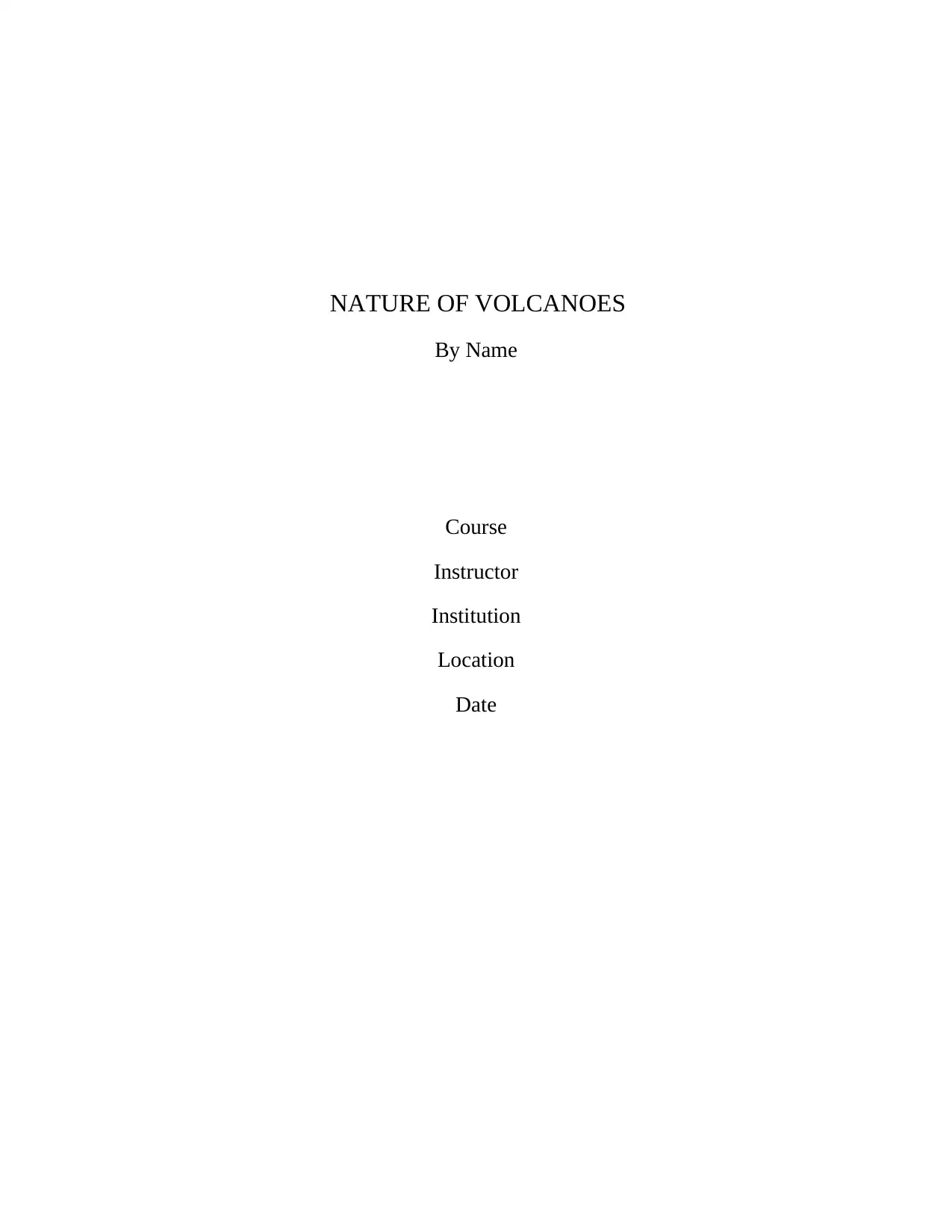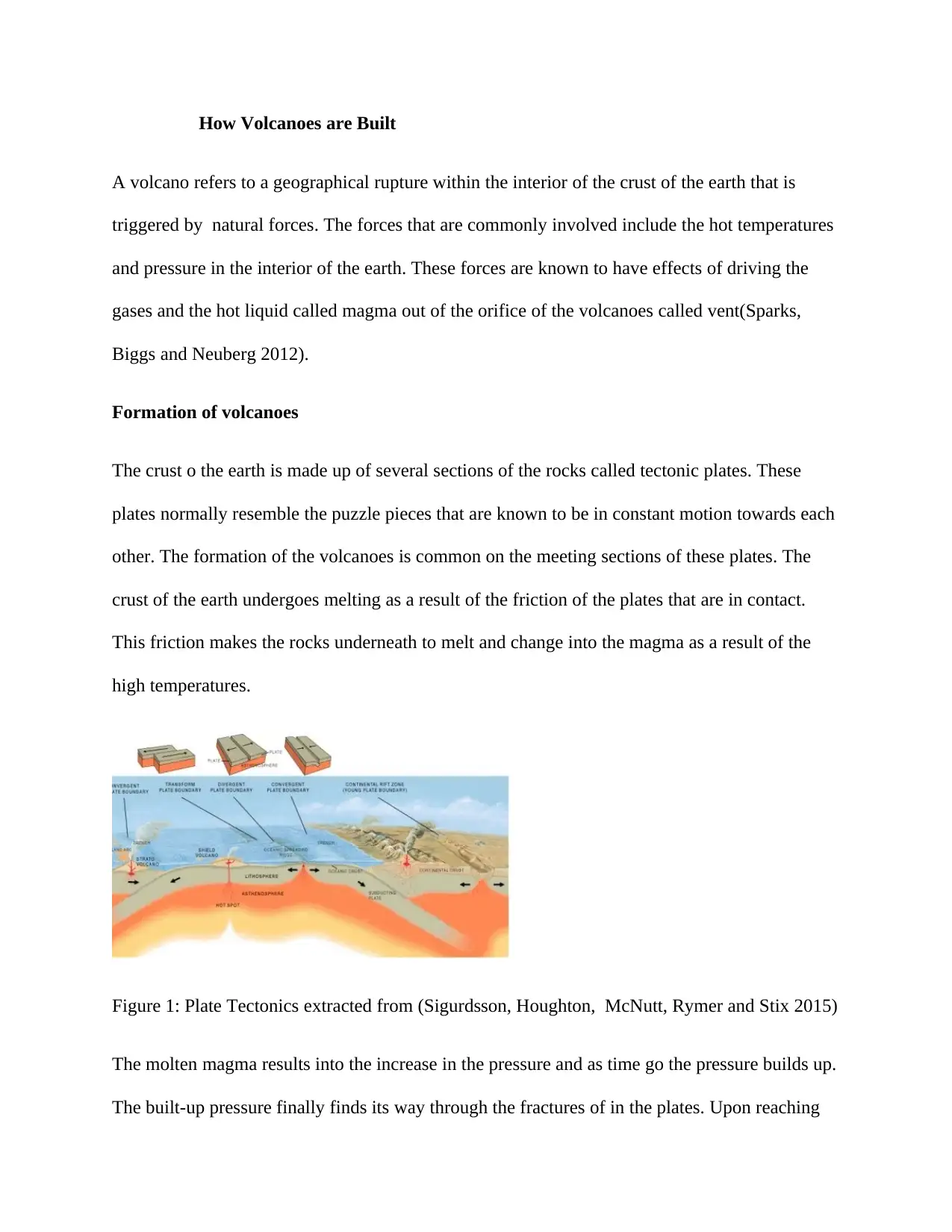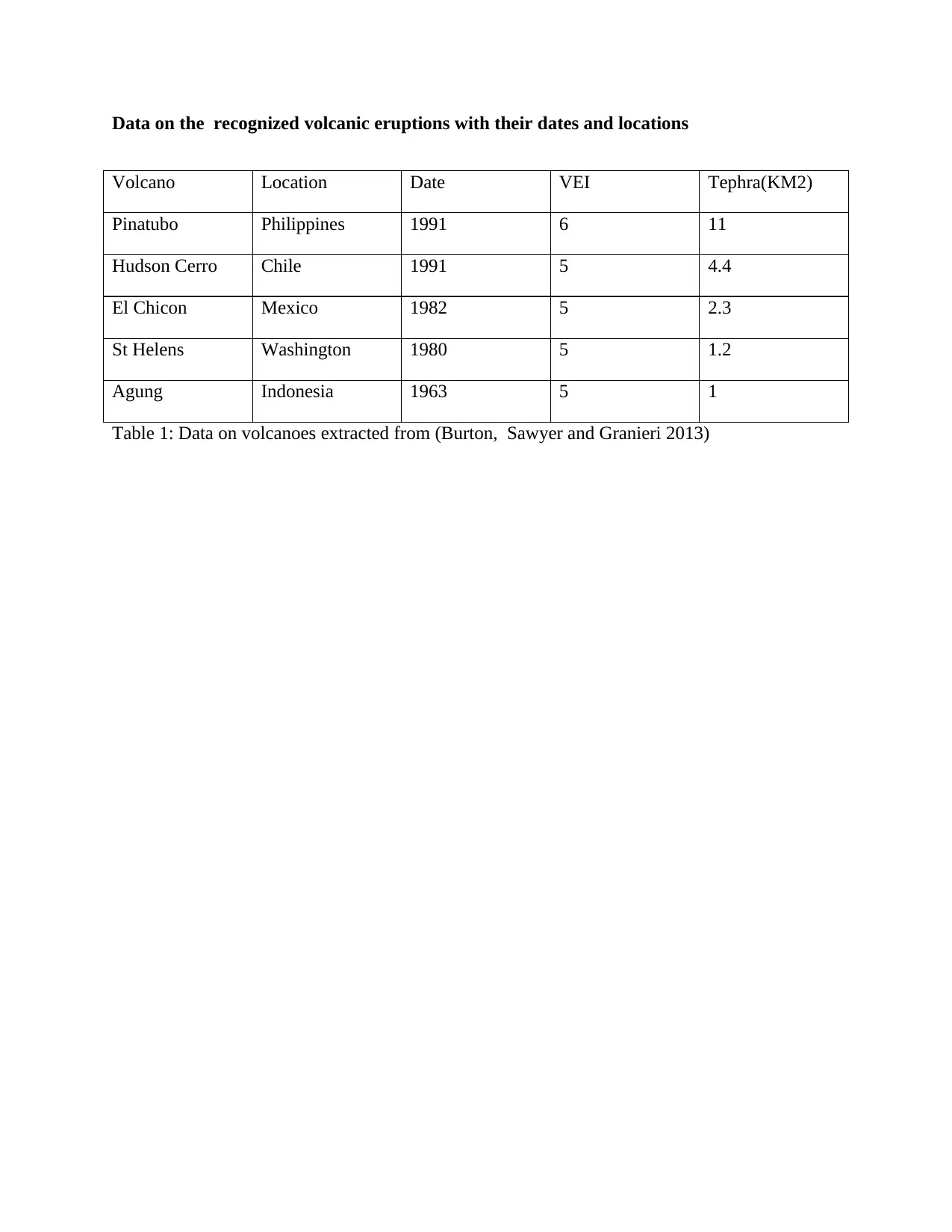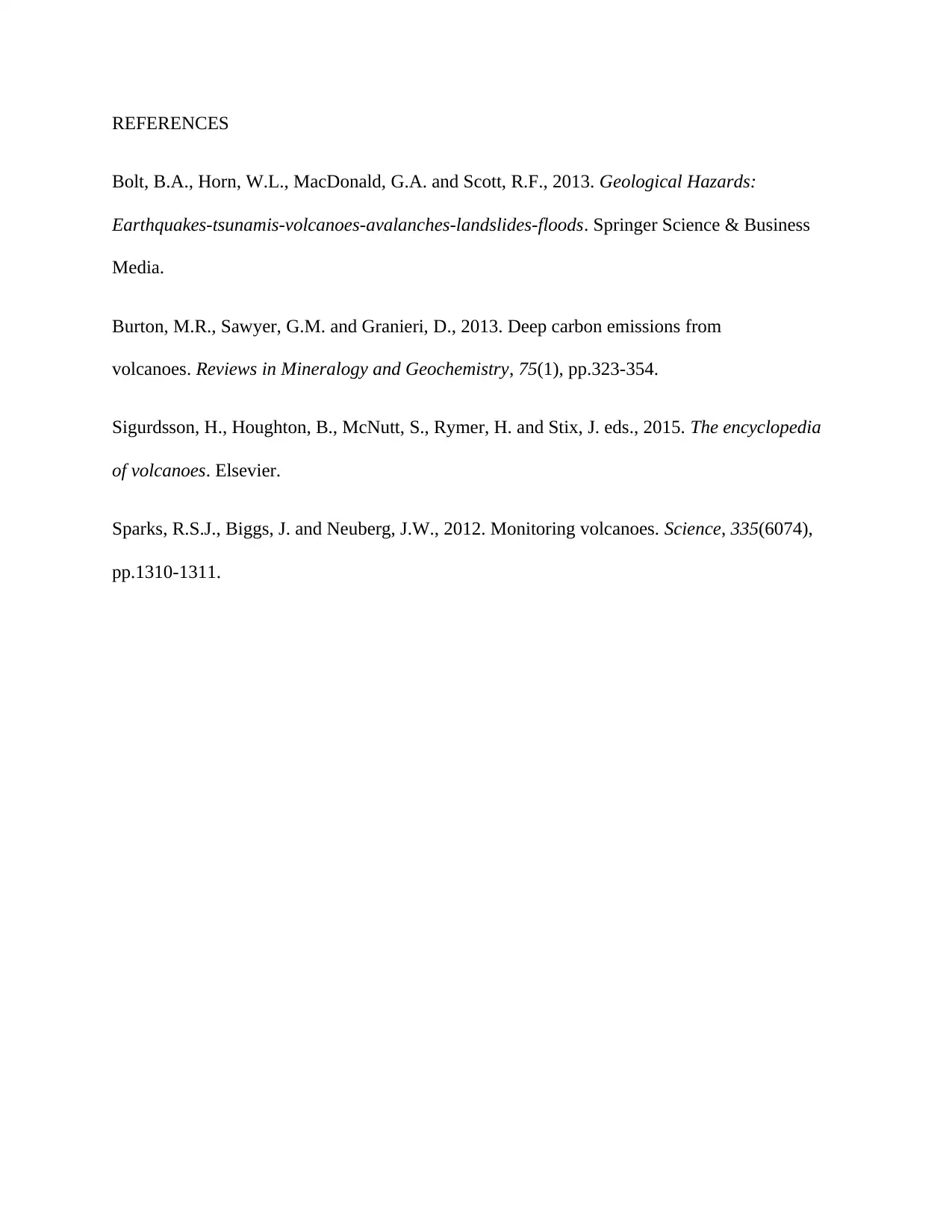Nature of Volcanoes: Formation, Building and Eruptions
VerifiedAdded on 2023/06/03
|5
|564
|388
AI Summary
This article explains the formation and building of volcanoes, and the eruptions they cause. It describes the geological hazards of earthquakes, tsunamis, and landslides. The article also provides data on recognized volcanic eruptions with their dates and locations.
Contribute Materials
Your contribution can guide someone’s learning journey. Share your
documents today.
1 out of 5






![[object Object]](/_next/static/media/star-bottom.7253800d.svg)